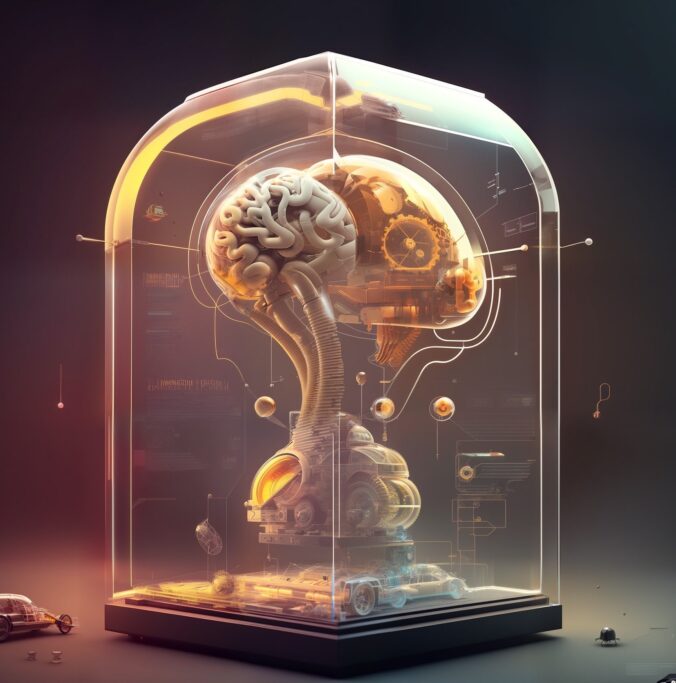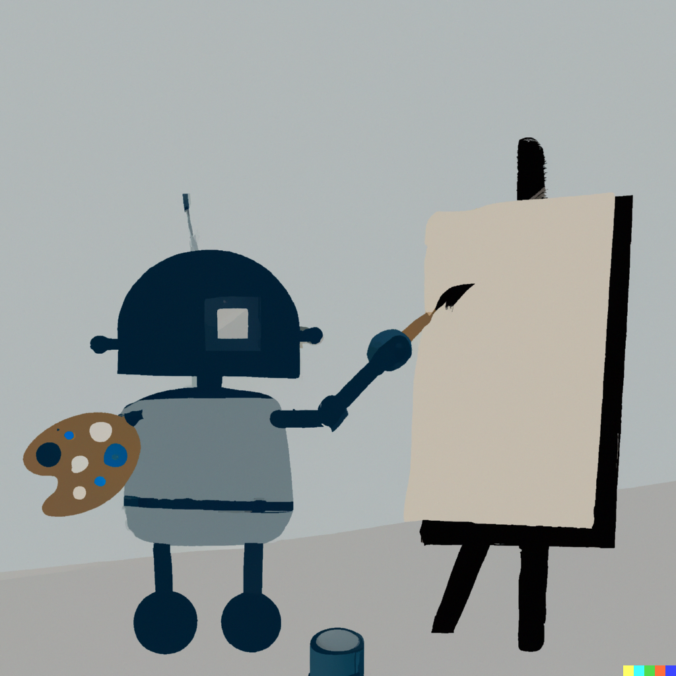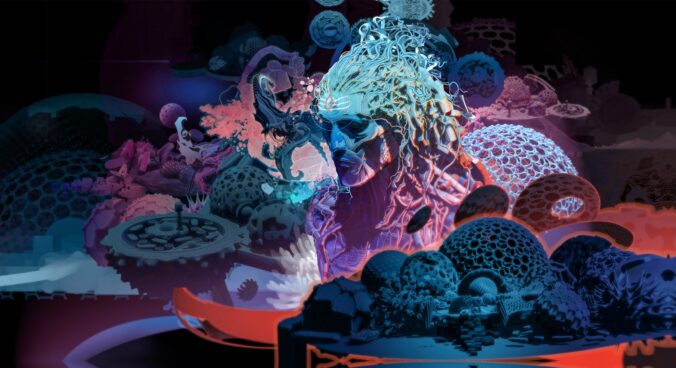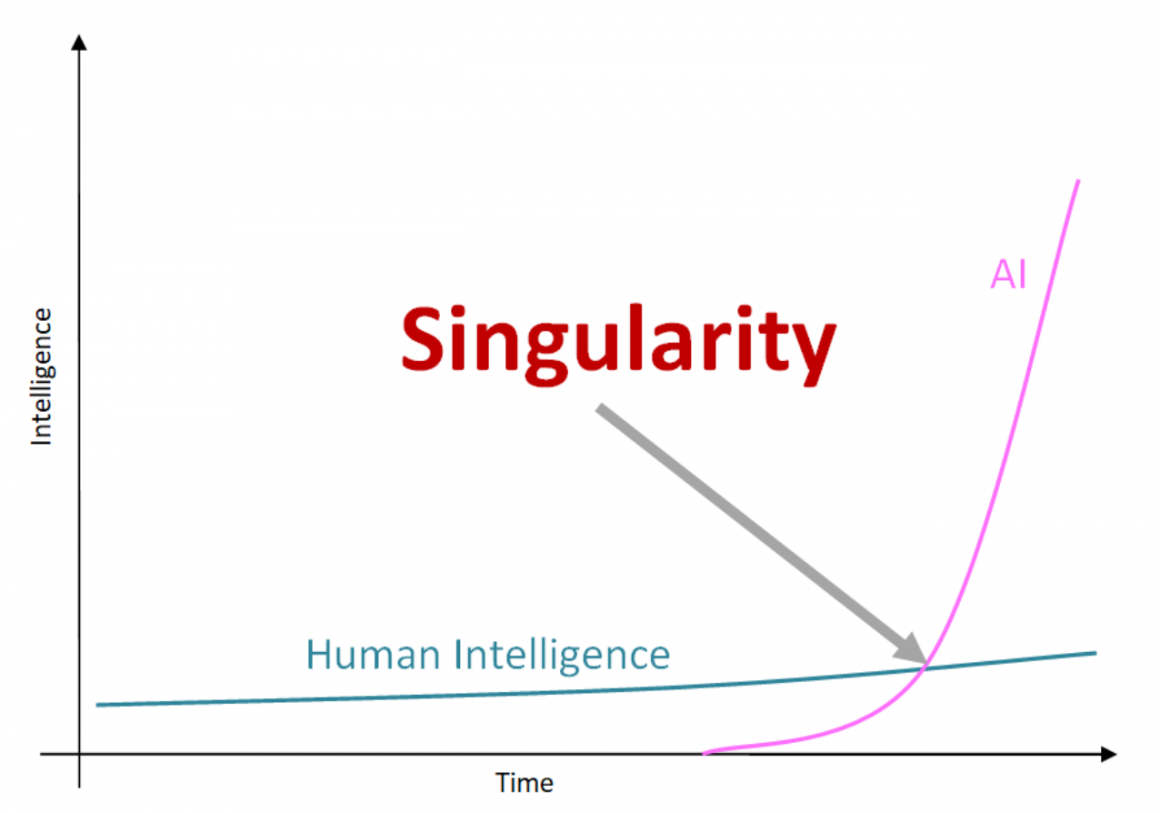Personal AI, or artificial intelligence designed to assist individuals in their daily lives, is becoming increasingly common and advanced. From virtual assistants like Siri and Alexa, to smart home devices like thermostats and security cameras, AI is changing the way we interact with the world around us.
As technology continues to evolve, it is important to consider the opportunities and challenges that personal AI presents, and how it will shape our future. One of the biggest opportunities of personal AI is the ability to automate and streamline tasks, freeing up time and mental energy for more important or enjoyable activities. For example, a personal AI assistant can help manage your schedule, remind you of important appointments, and even make recommendations for things like restaurants or events based on your preferences and interests. This can make it easier to stay organized and efficient and can allow you to focus on the things that matter most to you. Another opportunity of personal AI is the ability to customize and personalize your experience. With advanced machine learning algorithms, personal AI can learn your habits and preferences over time and can tailor its recommendations and responses accordingly. This can make your interactions with personal AI more natural and intuitive and can help you get the most out of the technology.
However, personal AI also presents some challenges that need to be considered. One of the biggest challenges is the potential for data privacy concerns. As personal AI collects more and more data about you and your habits, there is a risk that this data could be misused or accessed by unauthorized parties.
This could result in a violation of your privacy and could even put your personal information at risk. As personal AI becomes more prevalent, it will be important to address these concerns and develop robust privacy protections to ensure that individuals’ data is safe and secure. Another challenge of personal AI is the potential for bias and discrimination. AI algorithms are only as good as the data they are trained on, and if the data is biased, the AI will be biased as well. This could result in unfair or unequal treatment of certain individuals or groups and could even perpetuate existing biases and stereotypes.
To address this challenge, it will be important to carefully curate and balance the data used to train personal AI algorithms, and to regularly evaluate and test the algorithms for potential bias. Overall, the future of personal AI holds great potential for improving our daily lives and making our interactions with technology more natural and intuitive. However, it is important to carefully consider the opportunities and challenges of personal AI and to address any potential risks or concerns to ensure that the technology is used responsibly and ethically.
Up until now, the entire article was written by ChatGPT without any nitpicking or corrections.
ChatGPT is an aligned and finetuned version of GPT-3.5 from OpenAI and is free to use for the last 2 weeks on their website. It is so popular that it reached over a million users in the first few days and since then OpenAI can barely keep the server running. This is not surprising since it is free, easy to use, and there are infinite use cases. It is a writer, programmer, teacher, and translator. It knows more than any human ever could. It can even play text-based RPGs with you or do your homework. It is also remarkable that it is so useful although it has no access to the internet and is not able to perform actions, compared to Siri.
For many ChatGPT is a sudden advancement, but the research is going on for a long time. The development of transformer-based models, such as ChatGPT, started with the paper “Attention is All You Need” published in 2017 by researchers at Google. This paper introduced the transformer architecture, which relies on self-attention mechanisms to process sequential data.
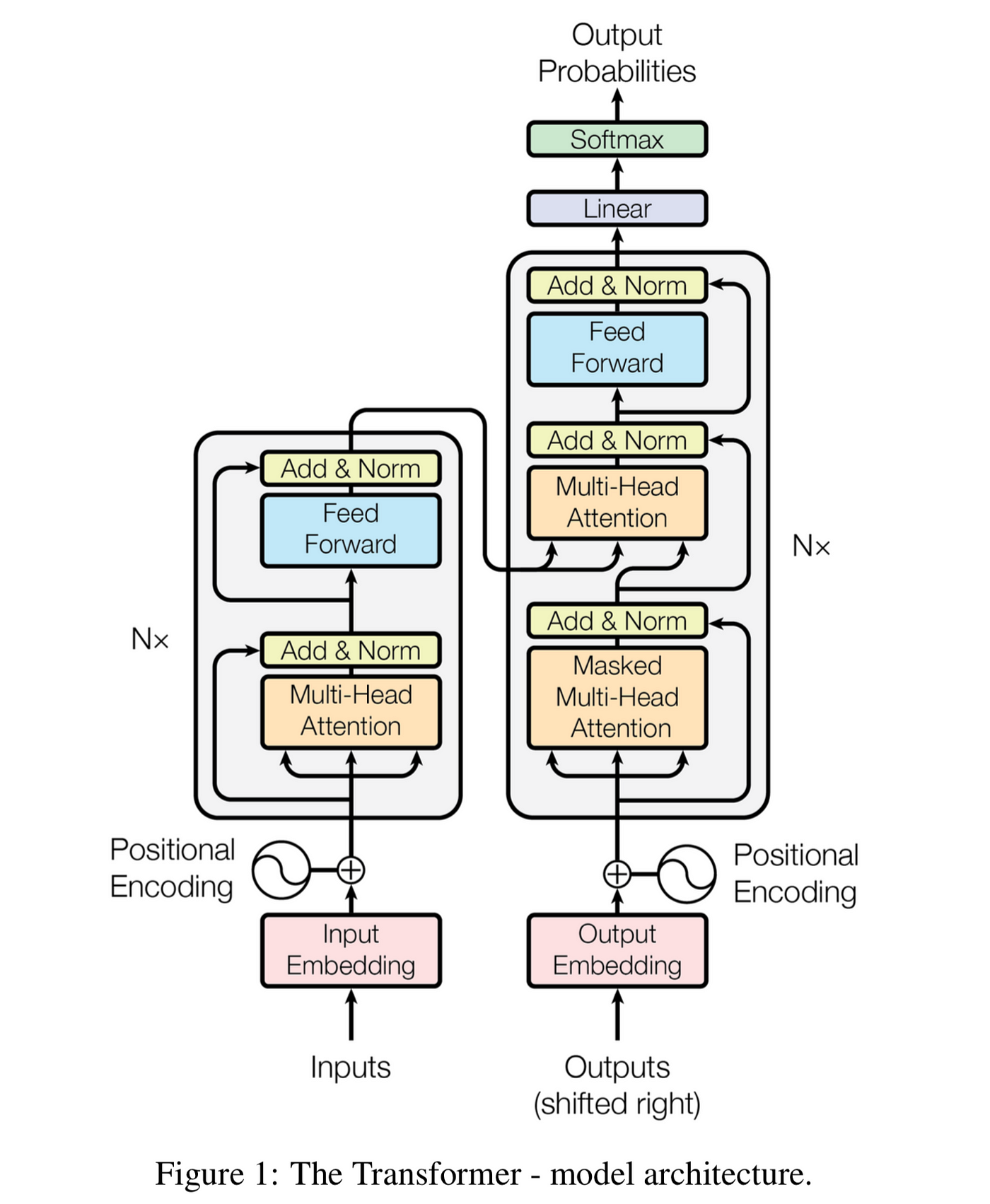
This allows transformer models to efficiently handle long-term dependencies and process input sequences of any length, making them well-suited for tasks such as language modeling and machine translation. The success of the transformer architecture in these and other natural language processing tasks has led to its widespread adoption in the field and has helped drive the development of increasingly powerful language models such as ChatGPT. Other transformer-based models like whisper for transcription or GPT-3 the predecessor of ChatGPT were also impressive but were not that much of a topic to the public and were mostly discussed and used in the industry.
I predicted this sudden rise in public interest in my singularity post in July 2022. As AI continues to advance, it is likely to have a significant impact on the public. One potential impact is the potential for AI to automate many tasks that are currently performed by humans, leading to job displacement in some industries. This could have serious economic consequences and may require new approaches to education and job training to help people stay employable in a rapidly changing job market.
Another potential impact of AI is the potential for it to improve our quality of life in various ways. For example, AI-powered personal assistants and smart home technology could make our daily lives more efficient and convenient. AI-powered medical technologies could also help to improve healthcare, making it more accurate and accessible. However, the development and deployment of AI also raises important ethical concerns. As AI becomes more powerful, it will be important to carefully consider how it is used and to ensure that it is deployed responsibly and ethically. For example, AI could be used to discriminate against certain groups of people or to perpetuate biases that already exist in society. This often happens because of already biased training data. It is important for researchers, policymakers, and the public to consider these potential risks and take steps to mitigate them. Overall, the impact of AI on the public is likely to be significant and will require careful consideration and planning to ensure that its benefits are maximized, and its potential drawbacks are minimized.
I expect a chaotic transition phase where many people will suffer because necessary discussions about universal income and AI did not take place early enough. People who use these tools to maximize their productivity will outperform already disadvantaged people with worse access to these tools and the political system is not prepared to solve these problems. In this world that will be more divided than ever, AI is both the savior and destroyer of our society.
